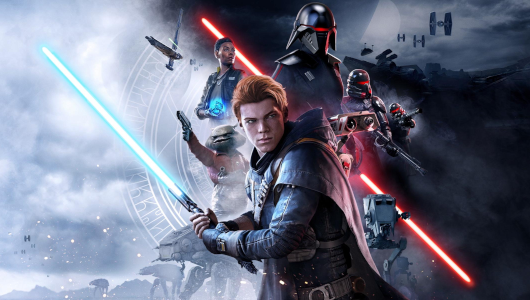Kicking off EA’s E3 2019 press conference, viewers were treated to a fifteen-minute showcase of Star Wars Jedi: Fallen Order – the first single-player Star Wars experience since The Force Unleashed II, launching way back in 2010 (just a little less than NINE YEARS). The gameplay shown was nothing ground-breaking, seemingly sticking to the Uncharted-esque formula which was to be the foundation of its defunct predecessor – Star Wars 1313. Yet, despite that comment, the magnitude of a new solo Star Wars experience was not diminished; finally satisfying an itch that the fandom has had for an age. Over the years, fans have cried out for a new story-driven single-player Star Wars game, and finally, after many painful and Wookiee-lacking years, their cries were well and truly answered. All was finally well. The balance had been restored and the Star Wars fandom saved.
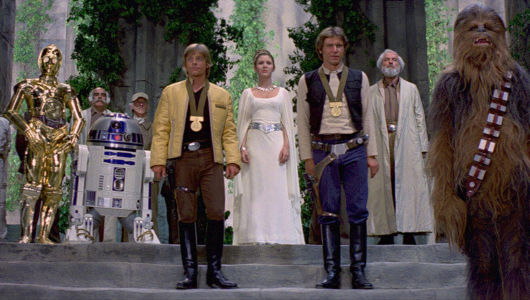
Well, not quite…
We wouldn’t have this article if there weren’t some gripes to be had, and boy oh boy, were there gripes to be had. One of these grievances was the overused action-adventure gameplay EA presented its audience, which initially garnered reactions (from many) ranging from disinterest to disdain, though that was not the concern this onlooker had. Rather, the absence of a feature heavily used in previous lightsaber-heavy video game incarnations of the franchise is what troubled me. A feature central not only to past games, but to movies, books and graphic novels as well; used to serve a wide array of purposes within these experiences. I am of course referring to what caused you to click on this article to begin with – the distinct (subsequently confirmed) lack of dismemberment in Star Wars Jedi: Fallen Order.
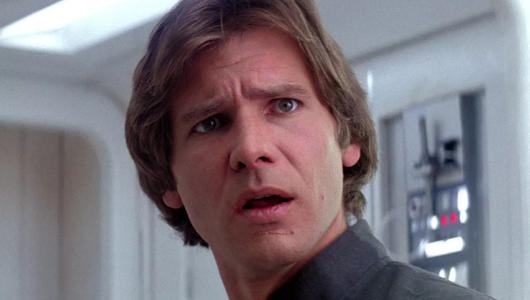
Now, stay with me. I promise this isn’t going to get weird (well, maybe a little). This is a serious concern and the implications this has for the game are massive (kind of). No, seriously.
With this all being said, let’s outline the importance of dismemberment, specifically the human/humanoid variety (felt weird typing that) to the Star Wars franchise, and why its omission from the series is arguably an oversight.
Immersion
Firstly, let’s talk about the Bantha (Elephants were used to play them, look it up) in the room; the issue I’m sure every reader saw coming – Immersion. Immersion, as a concept, is something that is long-held up as one of the standards for good storytelling. A medium that can immerse you in its world and allow you to interact with its story will, inevitably, enhance your overall experience, and this is important to any good narrative. Often in immersive experiences, complaints arise over the realism of the world. In my opinion, this notion can become quite tiresome; often acting as the unimaginative stick consumers use to beat over the head of whoever constructed these worlds. Realism is a sticking point in terms of this concept, frequently misconstrued as having to adhere to our world’s rules when in practice, it should only refer to the rules the world has crafted for itself.
This is where my criticism comes in.
By omitting dismemberment from Fallen Order, a long-established precedent set in the Star Wars canon ever since A New Hope, Respawn has consequently ignored its significant (sometimes essential) role in the franchise.
The biggest issue surrounding dismemberment in Fallen Order is its presentation, evidenced by its close relationship with Star Wars’ iconic weapon, the lightsaber. This was no more evident than in one of the big set-pieces showcased a third of the way through the demo, with Cal countering a stormtrooper and cleaving through their waist.
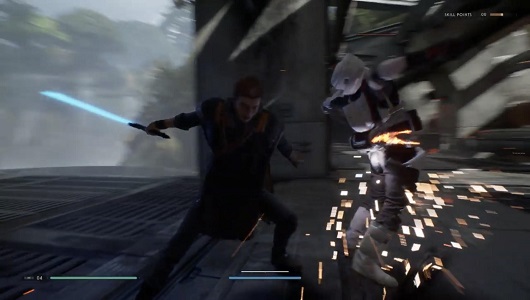
Lightsabers have been established in Star Wars media as weapons that can cut through almost anything, especially people (The Skywalkers can attest to this). The Jedi’s formidable weapon of choice, capable of slicing through blast doors like butter, also apparently doubles as a UV paint brush, leaving stormtroopers looking like they just left a disappointing paint party. Alright, maybe I’m being a bit hyperbolic there. Unfortunately, when contrasting that set-piece to scenes like Luke severing Vader’s arm, or Obi-Wan quite literally disarming Ponda Baba in Episode IV, the lack of impact exhibited in Respawn’s demo detracts from the fabled weapon.
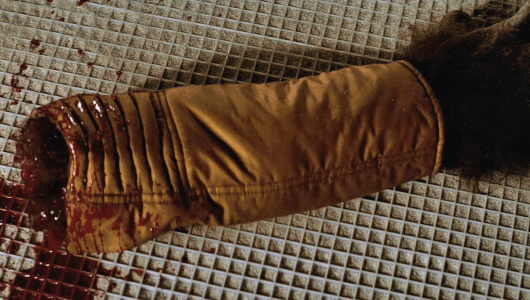
Overall, the issue is that the ineffectiveness of the lightsaber against humanoid enemies is jarring, especially considering its depiction in past media, as well as the game itself (being able to chop up giant spiders and droids).
There seems to be a double-standard when compared to droids and wildlife, who have been confirmed to be fully suited to appendage removal (yay?).
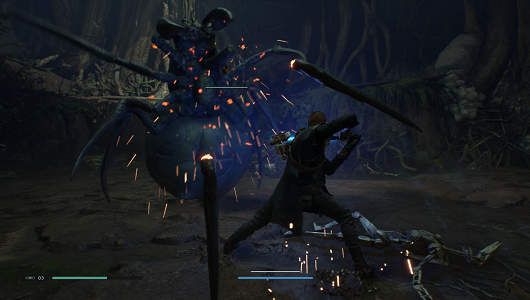
As an aside, it’s somewhat strange that it’s perfectly acceptable to depict a person’s demise, yet not include a severed limb here and there. Either way, despite all of this and my awful attempts at humour, the gameplay looks solid and enjoyable; it’s just a downer that a realistic feature of the universe will not be making its return.
Narrative Importance
So, let’s move onto the second point, already lightly touched upon in the first. Dismemberment is a prevalent feature of the Star Wars universe, with it even having dedicated sections on both the official Star Wars website and Wookieepedia- the go to Star Wars wiki page. The narrative importance of dismemberment cannot be discounted in the franchise; it is not only essential to the fidelity of the Star Wars world, but also serves to provide defining moments of character development. From Anakin’s infamous date with the high ground, to Luke’s defining Jeremy Kyle moment with his dear daddy, dismemberment has been used to punctuate great narrative shifts in the story. These instances all have one thing in common, lightsabers. Dismemberment is seemingly inherently tied to both the lightsaber, as well crucial story elements across all iterations of Star Wars media.
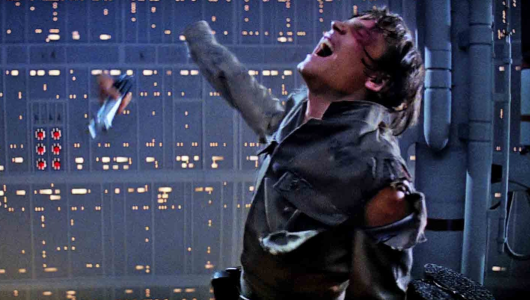
By excluding dismemberment, a troubling precedent has been set, one that proves a limited experience for its audience by ignoring one of the key recurring themes within the universe. In fact, when dealing with the idea of humanoid dismemberment, this theme has reared its head in all but one of the mainline films (Episode VII). Elaborating on its prolificacy in Star Wars media, we can look to its inclusion not only within the main timeline, but also various games, animated spin-offs and even graphic novels.
Beginning with games, we find the best comparison in the form of the Jedi Knight series, specifically Star Wars Jedi Knight: Jedi Academy. One of the most realistic depictions of lightsaber combat (albeit hidden behind a console command) at the time, served as the bar for what defines engaging Star Wars combat. Despite being a nearly sixteen-year-old game, it still boasts some of the best lightsaber mechanics of any Star Wars title, and is my personal favourite. Yes, I’m biased. This was a key reason for its cult status, well known for this focus, it allowed the player the feeling of commanding a weapon of such force.
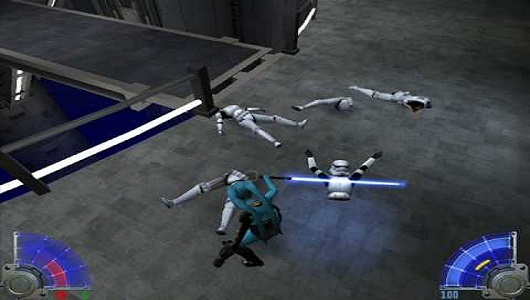
An undeniable reason for this was the way the lightsaber handled, more precisely, how you would expect it to; that includes lopping off a limb or two of any unfortunate Sith (or Jedi), or Stormtrooper, who foolishly challenged you. It was quick, smooth, powerful and deadly, and conversely, so were you; it really made the player feel as if they had the power of a Jedi (or Sith). Jedi Academy was an engaging experience for this reason. It embraced many facets of Star Wars lore, using them to its benefit to immerse its players in its world and provide them with a true Star Wars experience.
This trait has also been shared by other Star Wars titles of the same ilk; incorporated in both predecessor Jedi Outcast and The Force Unleashed II (though, let’s not mention the game’s quality). A key part of these games was the lightsaber, more specifically its importance and application. In Jedi Outcast, it wasn’t attainable from the get-go, but was the weapon of choice for many a player once it had been unlocked. Like Jedi Academy, the lightsaber handled in the same way, providing the similar feeling to its players.
The Force Unleashed II, despite being a sub-par game, shone brightest when positioning the player as an all-powerful lightsaber wielder, and dismemberment was a significant component of its combat. Even the Lego Star Wars franchise utilises this theme, though it’s only ever employed for comedic effect; such as Lego figures falling apart upon the fatal blow or visual gags. As you can see, dismemberment’s prominence, in good or bad iterations of Star Wars properties, or even differing genres, is never in question.
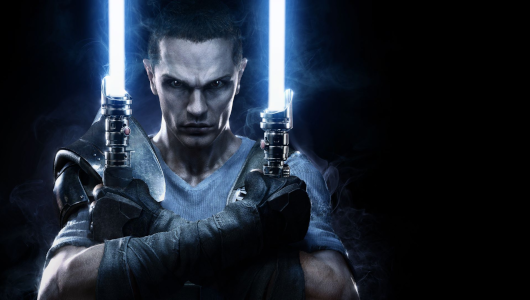
Moving on from games, we have the lightsabers portrayal in various animated spin-offs; a very lethal one at that. A common issue raised regarding the implementation of dismemberment are the potential restrictions placed on it by the ESRB. Interestingly enough, all the aforementioned media mentioned in the article are listed at “T for Teen” (essentially 12-13 and up) or lower, and all feature some form of dismemberment. Star Wars: The Clone Wars, rated TV-PG, is no different in this regard. Like its other media, this incarnation includes clear examples of dismemberment, with lead character Ahsoka beheading a group of Mandalorians (obscured through clever camera tricks) in S4 E14, ‘A Friend in Need’. As you may have guessed, this is not exclusive to this series either.
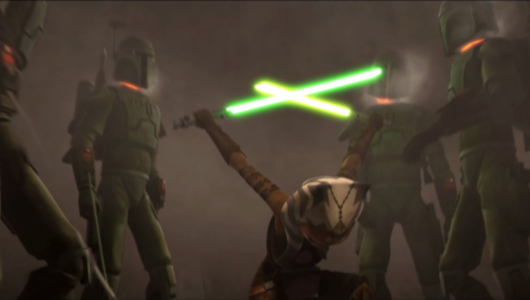
In another animated spin-off set in the same universe: Star Wars Rebels, Darth Maul bisects Seventh Sister off-screen (these animated shows are brutal) – though this is much less overt than Ahsoka’s scene. From this usage of the theme, a pattern emerges, one in which the lightsaber retains its fearsome status through its continued use as a potent weapon, regardless of age restrictions. Elaborating on this further, age ratings seemingly have minimal effect on the realistic depictions of lightsabers and how it interacts with the surrounding environment – with dismemberment not being shied away from in any of these examples. Whilst I could go into even further depth by listing off this theme’s recurrence within graphic novels, as well as other written works, I’ll just leave you with Vader removing Sixth Brother’s left hand to further prove my point.
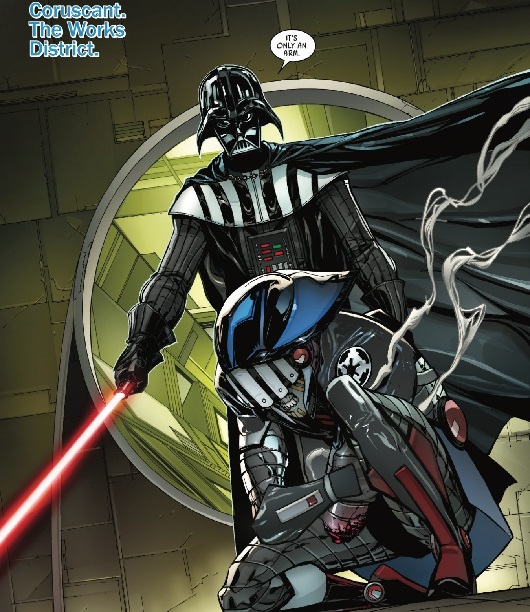
When comparing Jedi: Fallen Order to these portrayals of a lightsaber (excluding Lego), the weapon can be perceived as weak. The key issue is the way in which Cal wields it. As we’ve seen in the gameplay demo, Cal moves and strikes quickly and strongly, yet his blows only ever seem like a passing graze. The burn marks are much less effective at conveying the power of the weapon than outright dismemberment. The contrast between Cal’s movements and the effect they have gives off a particularly unsatisfying feeling, making the character seem weak when juxtaposed to his violent movements.
There is an argument currently being made online that dismemberment is not that important to Star Wars, yet its sheer presence in most Star Wars media, overt or not, seems to contradict this.
Disney
So, when we consider everything already covered in this article regarding dismemberment, the unavoidable question must be asked: Are Disney the ones responsible for its omission and should this matter?
In an article by IGN, Executive Editor Ryan McCaffrey explains that the lack of humanoid dismemberment is apparently a result of a Disney mandate. So, answering the first part of my own question, yes, Disney is responsible; the cited reason being that Disney is a family-friendly company. This is slightly strange when you consider the interpretations of lightsabers in other Disney-produced Star Wars media, specifically Star Wars Episode VIII: The Last Jedi.
(Spoilers for The Last Jedi Ahead)
In a scene from this film, shortly after Snoke’s bisection by Kylo Ren, the audience is explicitly shown the dismemberment (occasional decapitation) of Praetorian guards by the latter. Acknowledging this scene, one must question why dismemberment is so prominent in this Disney production, yet has been cast aside in other Disney-owned Star Wars productions. It seems bizarre that it would be so explicit in its use here, but not in Respawn’s title. Well, McCaffrey later points to senior designer Justin Perez’s admission that it will only be used “in select cases”, explaining that we might see dismemberment in Fallen Order, just not to the same degree as previous titles. Meaning that, dismemberment may still play a role in future Star Wars properties, just a much more subdued one.
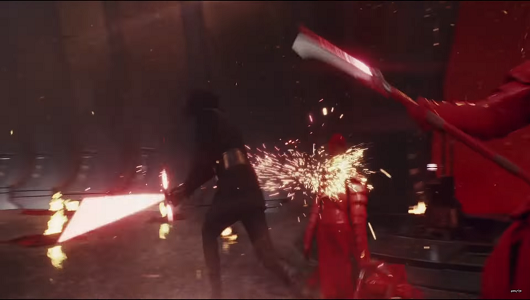
McCaffrey, when giving his sentiment on this decision, expressed that its possible exclusion from Jedi: Fallen Order “is kind of a bummer”. McCaffrey’s conveyed bemusement is a position that a sizable portion of the fanbase share, as many view this theme as a vital part of their own immersion, as well as an immensely satisfying gameplay element.
So, when answering the question whether or not this matters, the answer is strangely both yes and no. There is a definite case to be made for the inclusion of dismemberment, especially based on the brand’s previous representation within the media, yet it would be wrong not to point out that its use has been scaled back significantly in recent years. Despite the example of Episode VIII, it must be noted that there was no presence of this theme in Episode VII or other Disney-led films for that matter. It must also be recognised that based on general reception, it did not make or break the films either.
Adding to this, there have been no examples of dismemberment in either of EA’s Star Wars: The Old Republic or Star Wars: Battlefront titles; the only other Star Wars games (barring the Lego franchise) to be released since The Force Unleashed II. Still, in spite of all of this, dismemberment has been a focus of the franchise for a very long time, and its omission has sparked a great deal of online debate as well as coverage from the gaming news media, supporting the claims that it is an important theme.
Conclusion
I’ll be honest, I’m getting tired of writing about this now. So, I think it’s time to wrap this up (though I could absolutely go on). When considering everything outlined in this article, it becomes very difficult to form an argument against the importance of dismemberment’s history within the franchise – whether that be its narrative importance, its nature as an immersive theme, or even its use as a plot device. With that being said, one can certainly argue that it isn’t essential to a Star Wars experience, rather it is mostly an easy tool used to underpin significant moments within the franchise.
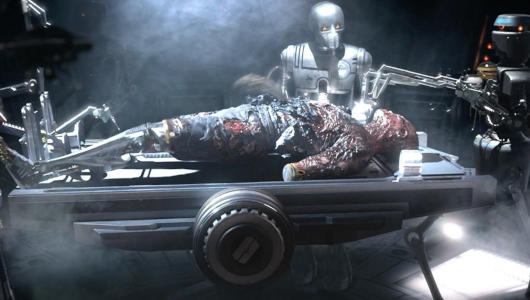
Whilst I have made the case for why dismemberment should be included in Star Wars Jedi: Fallen Order, the fact remains that, whilst it is an excellent storytelling tool, it is not critical to the success of the franchise. Personally, I have no doubts that Respawn’s new title will be a success, especially based on emerging news that it plays like a Metroid–Dark Souls hybrid; it’s just a shame that such a fun and interesting gameplay feature has been shelved.
Not the opinion you’re looking for? Be sure to leave a comment below explaining your thoughts on the matter.
Tags: Dark Souls, Dismemberment, Disney, EA, Lego Star Wars, LEGO Star Wars: The Skywalker Saga, Metroid, Star Wars, Star Wars 1313, Star Wars Jedi Knight: Jedi Academy, Star Wars Jedi Knight: Jedi Outcast, Star Wars Rebels, Star Wars: Battlefront, Star Wars: Jedi Fallen Order, Star Wars: The Clone Wars, Star Wars: The Old Republic, The Force Unleashed II, Uncharted

